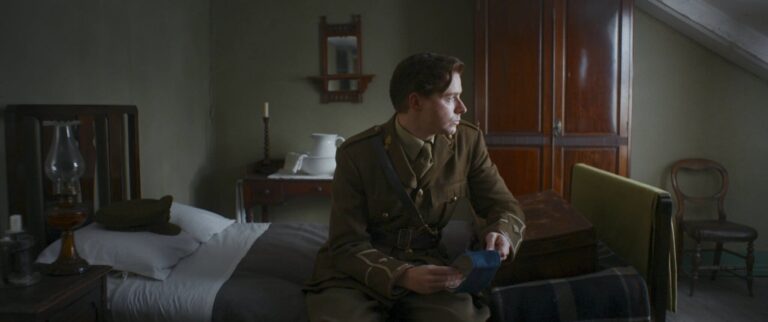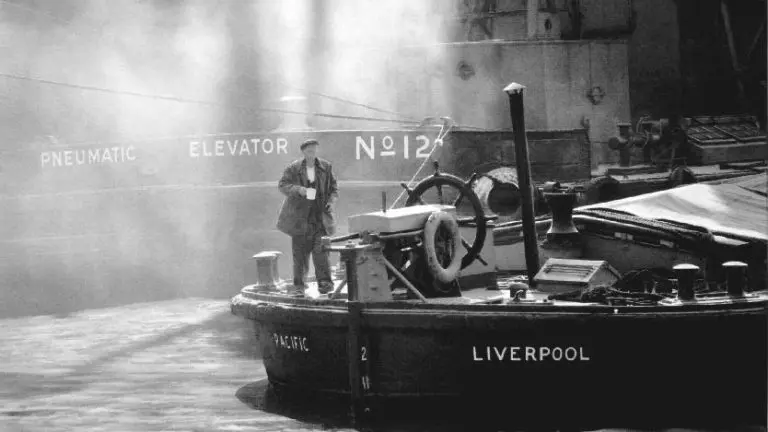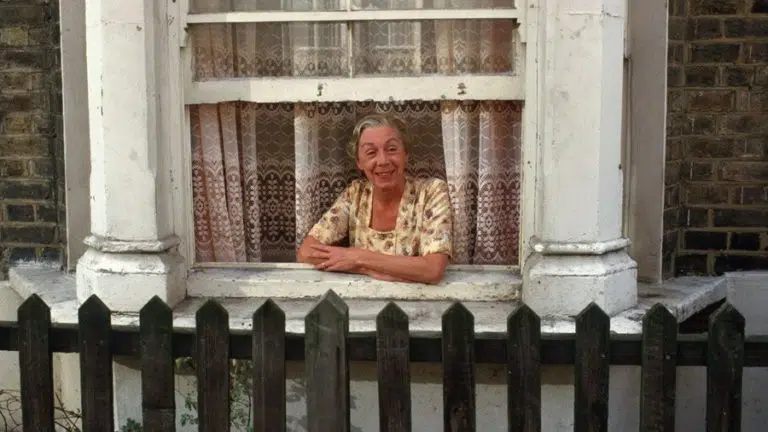Benediction
Terence Davies struggled to raise the finance for Benediction, as he does so often with his films. There’s no multiplex demand for Emily Dickinson (subject of his last feature, 2016’s A Quiet Passion) or Edith Wharton (2000’s The House of Mirth), he’s told, and in any case the uncompromising Davies isn’t the sort of writer/director to meet audiences halfway with explication-heavy dialogue. Producers and money men take fright. And yet, every time a new Davies movie does finally make it to the screen, it turns out that there is an audience for it, the people who have some idea who this modernist poet was, or that infamous writer, or want to know more. … Read more


